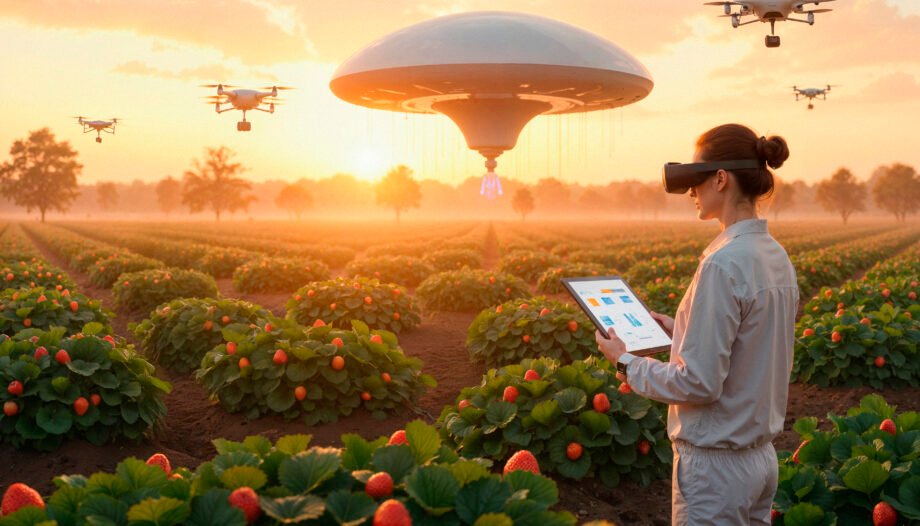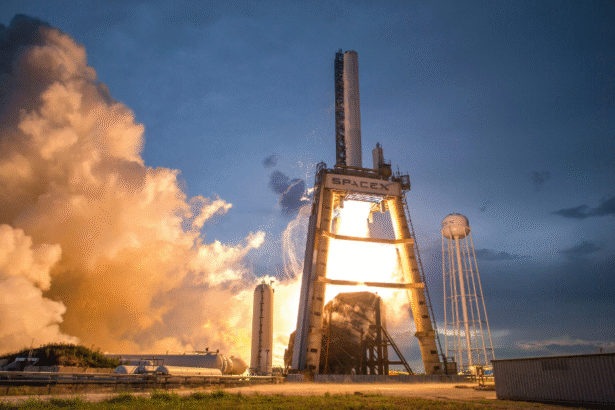Farming isn’t just about sowing seeds anymore—it’s about smart data, predictive algorithms, and real-time insights. Welcome to the era of AI-powered crop prediction, where farmers don’t guess—they know.
As global demand for food increases and environmental challenges grow more complex, farmers are turning to artificial intelligence in agriculture to make better, faster, and more accurate decisions. In 2025, this shift is transforming how we grow food, manage land, and feed the world.
Let’s dive into how AI-powered crop prediction is creating a more resilient, efficient, and sustainable future in eAgriculture.
What is AI-Powered Crop Prediction?
AI-powered crop prediction refers to the use of machine learning models, satellite data, and real-time environmental inputs to forecast outcomes such as:
- Crop yield per acre
- Optimal planting and harvesting times
- Pest and disease outbreaks
- Water and fertilizer requirements
This predictive capability goes beyond traditional observation. It learns from historical data and real-time conditions to make highly accurate forecasts, improving both productivity and sustainability.
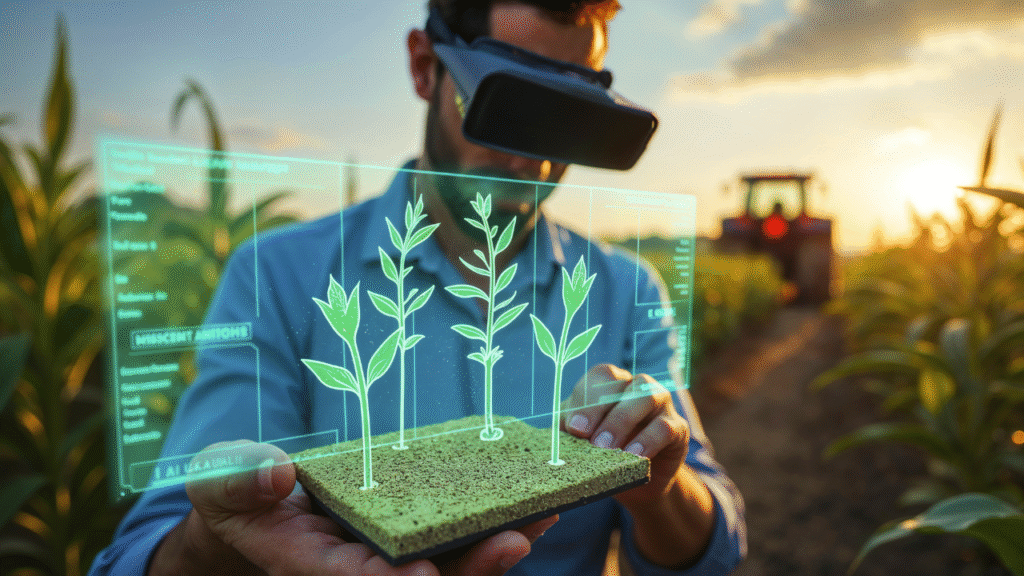
How Does It Work?
The technology behind AI crop prediction is powered by multiple components:
1. Data Collection
- Weather patterns
- Soil moisture and nutrients
- Satellite and drone imagery
- Historical crop performance
2. Machine Learning Algorithms
AI models are trained on this data to detect patterns and anomalies. They improve continuously with new inputs.
3. Predictive Analytics
Farmers receive forecasts and actionable insights on their devices, helping them optimize every step of the crop cycle.
Why it Matters: Benefits of AI in Agriculture
The integration of AI-powered crop prediction into farming systems offers numerous advantages:
1. Improved Yield Forecasting
Knowing what to expect helps farmers plan better and avoid overproduction or underproduction.
2. Resource Optimization
AI tools suggest exact amounts of water and fertilizer needed, reducing waste and environmental harm.
3. Early Pest and Disease Detection
AI can analyze imagery to detect leaf discoloration or pattern changes before they become serious.
4. Increased Profitability
Predictive insights reduce losses, optimize supply chains, and improve market planning.
5. Sustainable Practices
Smart predictions help farmers adopt climate-resilient practices by minimizing resource misuse.
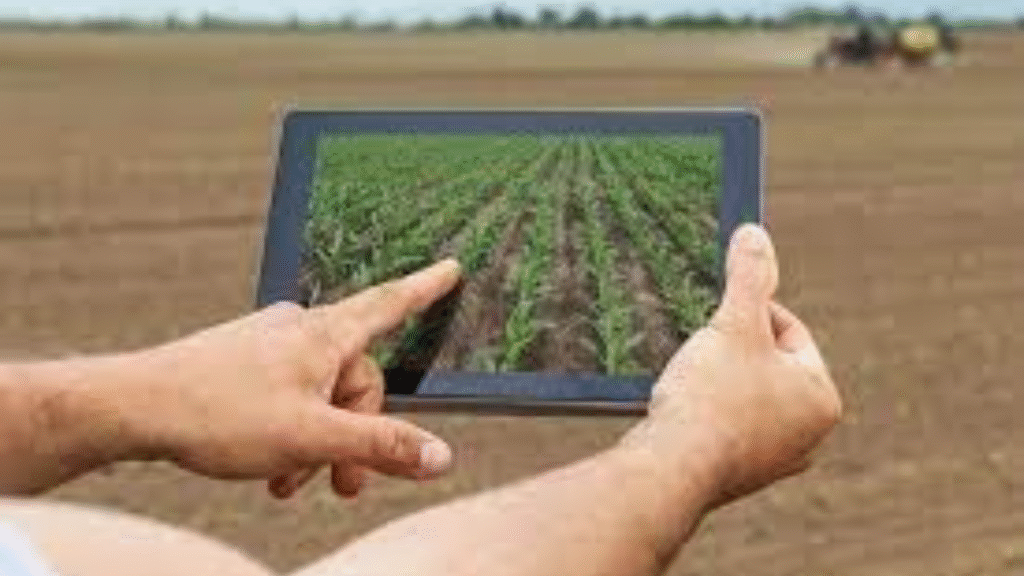
Real-World Applications in 2025
Let’s explore how AI farming tools are being used today:
1. Case Study: IBM’s Watson Decision Platform for Agriculture
IBM’s AI system combines weather, IoT, satellite data, and machine learning to offer hyper-local crop recommendations. It’s already used by large-scale farms in North America, Europe, and Africa.
2. Case Study: Microsoft Azure FarmBeats
FarmBeats collects real-time data through sensors and drones. Its AI modules can predict the best sowing time and prevent crop disease.
3. Regional Platforms
a. AgNext (India): Specializes in AI-based quality assessment and yield prediction for tea, spices, and grains.
b. PEAT's Plantix (Germany): An AI app used by millions to detect crop issues via smartphone photos.
Tech Components Behind the Scenes
Here are the key technologies that enable AI-powered prediction:
1. Satellite Imagery & Remote Sensing
Tracks changes in plant health, moisture levels, and land usage over time.
2. Drones with AI Imaging
Drones capture high-resolution field images. AI analyzes these to detect pests, irrigation gaps, or crop stress.
3. IoT Sensors in the Field
Sensors monitor soil temperature, humidity, and nutrient content. Data is fed into AI models for actionable results.
4. Cloud Platforms and APIs
Farmers access prediction tools via mobile apps connected to cloud systems like AWS, Azure, or Google Cloud.
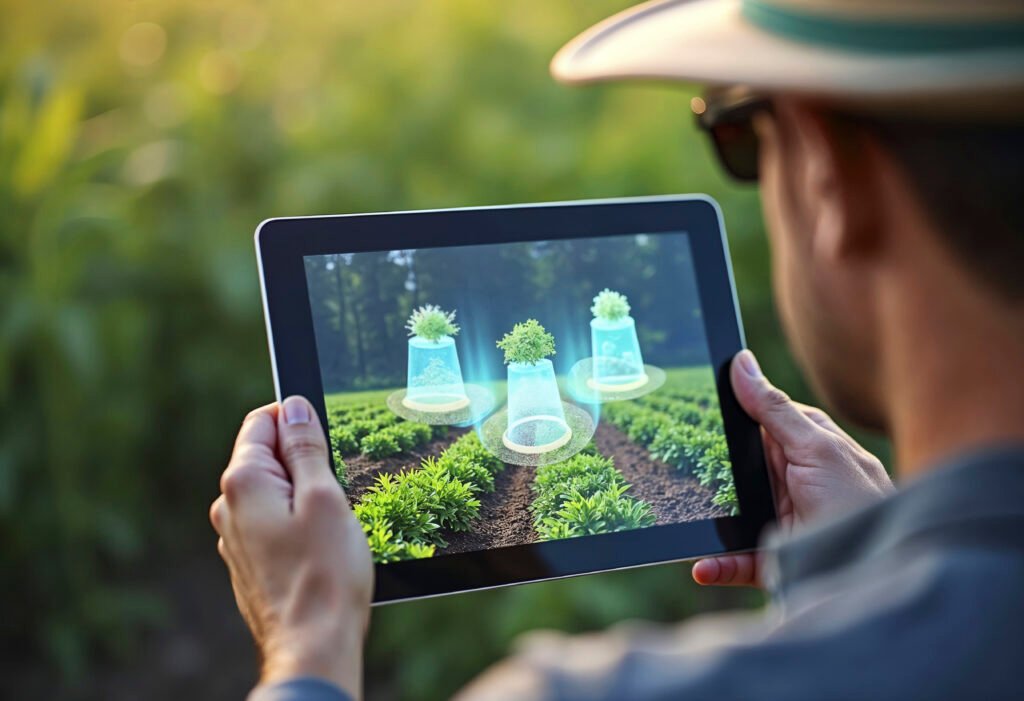
Precision Agriculture and Smart Farming
AI-powered prediction is a core element of precision agriculture, where every input is measured and optimized.
Key Features:
- Variable rate application of inputs (fertilizer, water)
- Site-specific planting and harvesting
- Micro-climate analysis for each plot
- AI dashboards to monitor KPIs and alerts
These features enable smarter resource use, better decision-making, and higher profitability.
Empowering Smallholder Farmers
One of the most transformative aspects of AI in eAgriculture is how it's bridging the gap for small farmers:
Solutions Making a Difference:
- Digital Green: Uses AI-driven training videos in local languages
- FarmStack: Offers decentralized data-sharing tools for personalized AI insights
- e-Choupal (India): Combines AI insights with market access and rural education
These tools are reducing knowledge gaps and making high-tech tools accessible in even the most remote areas.
Challenges to Overcome
Despite the benefits, several challenges must be addressed:
1. Data Quality and Availability
Rural areas often lack consistent data streams or connectivity for real-time monitoring.
2. Farmer Training and Digital Literacy
AI tools must be simple, multilingual, and easy to adopt for all age groups.
3. Affordability
Many farmers can't afford premium AI subscriptions or sensors. Partnerships and subsidies can help.
4. Trust in AI
Some farmers hesitate to rely on machine-generated predictions. Success stories and support programs help build confidence.
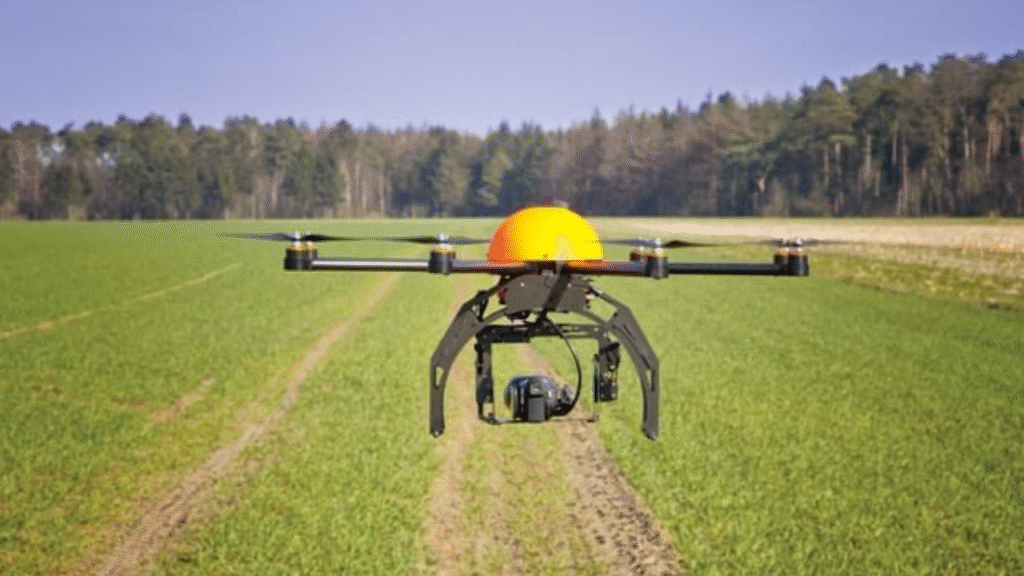
What’s Next for AI in eAgriculture?
The next wave of innovation is already underway:
Upcoming Trends:
- Voice-enabled AI assistants for farmers with limited literacy
- AI-generated crop insurance predictions
- Carbon footprint tracking via predictive dashboards
- Integration with weather-based crop loans and subsidies
- AI-based global food demand prediction tools for agri-export planning
As 5G and satellite internet become widespread, even small farms in remote areas will benefit from real-time AI predictions.
Final Thoughts
AI-powered crop prediction is more than a tech buzzword—it’s a game changer for the agricultural world. In 2025, it enables farmers to move from reactive to proactive decision-making, boosting yields, conserving resources, and fostering climate resilience.
Whether you’re a high-tech grower or a smallholder in a developing region, the message is clear: the tools of tomorrow are available today. And they’re smarter than ever.
The future of farming is predictive. It’s intelligent. And it’s here.


